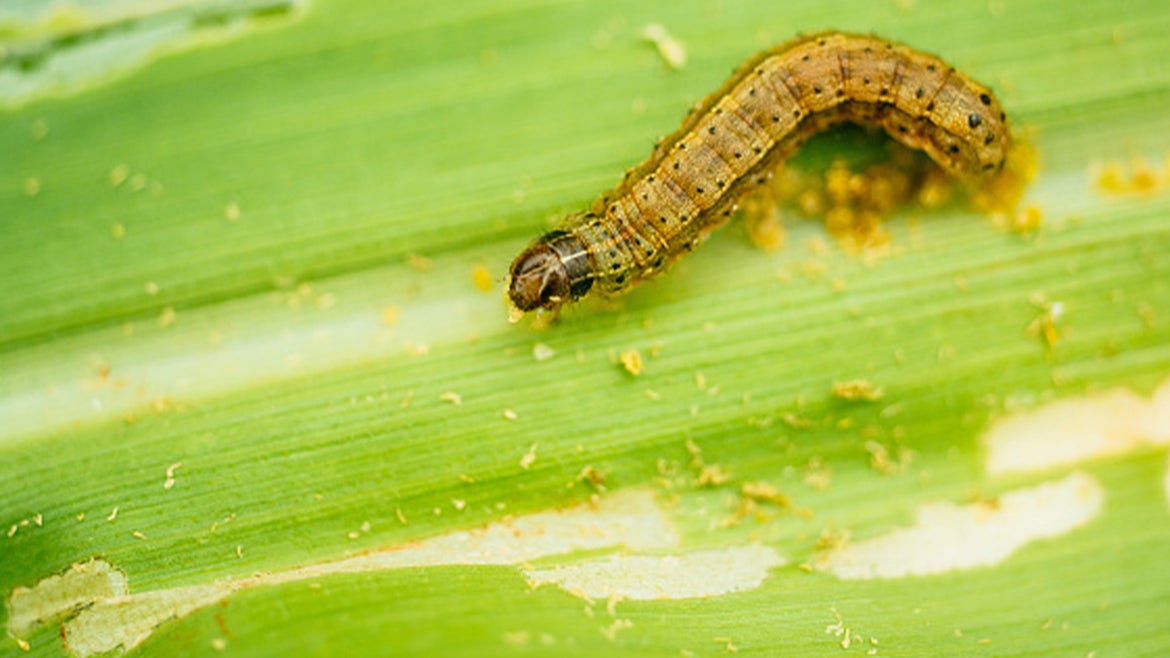"In my 40 years, I have never seen the problem as widespread as it is this year,” Rick Brandenburg, an entomologist at North Carolina State University, according to a published report.
A massive amount of armyworms have been destroying lawns all over the northeastern U.S., according to a published report.
The worms, which resemble caterpillars, leave Styrofoam ball-like eggs on patios and outdoor furniture. When they hatch, the armyworms can transform a lush green lawn into a dark and dismal one, USA Today reported.
"In my 40 years, I have never seen the problem as widespread as it is this year,” Rick Brandenburg, an entomologist at North Carolina State University told the news outlet.
Brandenburg explained that the recent conditions such as hot weather, the dry climate, and recent storms, are creating the “perfect storm” that is helping to produce higher amounts of these subtropical moths in the southern U.S.
The areas that are getting hit hardest are from Iowa all the way to New England. David Shetlar, a professor emeritus of entomology at the University of Ohio in Columbus, said, “the general consensus is that this is worst outbreak of fall armyworms in decades,” he said.
The fall armyworm (Spodoptera frugiperda) is the most common cause of damaged turfgrass on golf courses, athletic fields, and home landscapes, according to experts at Texas A&M Agrilife Extension.
The worm has four life stages: egg, larva, pupa, and adult. Adult moths are generally gray in color, with a 1½-inch wingspan and white underwings, according Agrilife extension.
Additional states that are experiencing these pest invasions include Illinois, Iowa, Kentucky, Massachusetts, Michigan, New Hampshire, New York, Oklahoma, Tennessee, Texas, and Virginia, CBS News reported.
"They can easily munch their way through whatever, whether it's a lawn or a park or a golf course," says Erick Rebek, an Oklahoma State University entomology professor, describing them as “an army on the move.”
Rebek said the caterpillars grow up to two inches long and can be green, brown or black in color. He said they have two strains, a corn and rice strain, and can be identified by an inverted white "y" on their head capsules.
Defenses against these critters can be costly. The good news is that the first winter frost usually kills them off, experts say, CBS News reported.
Related Stories






